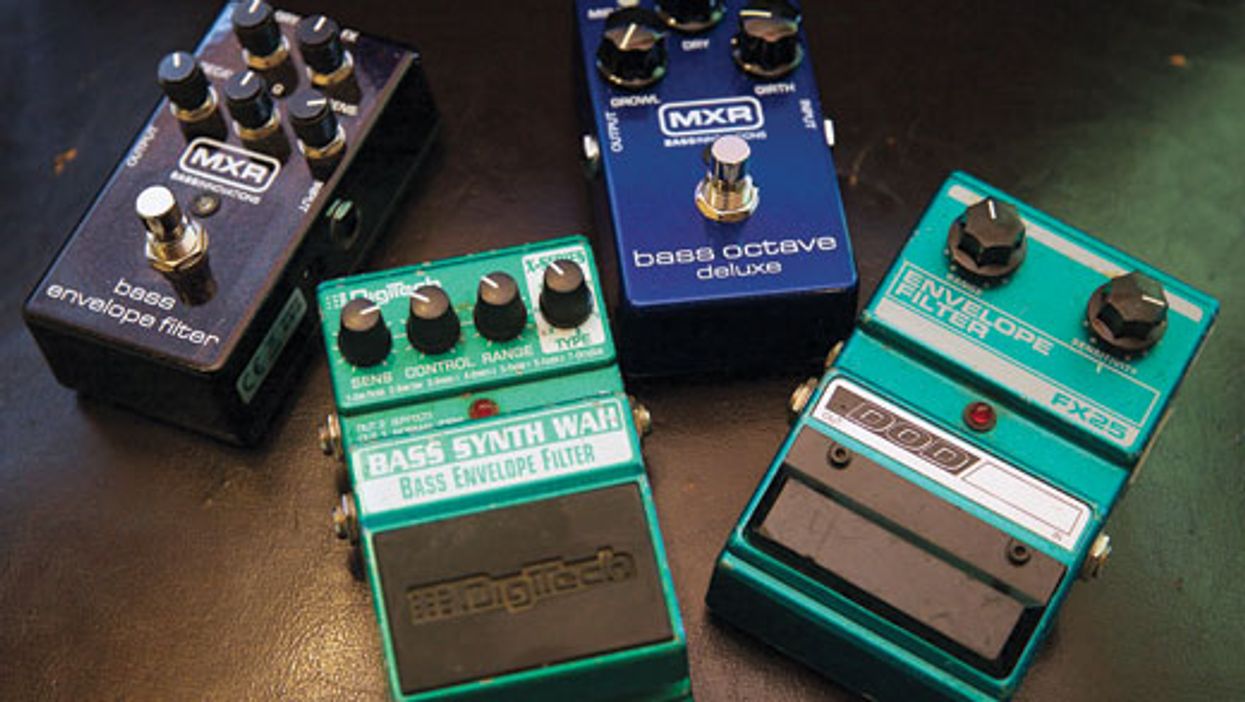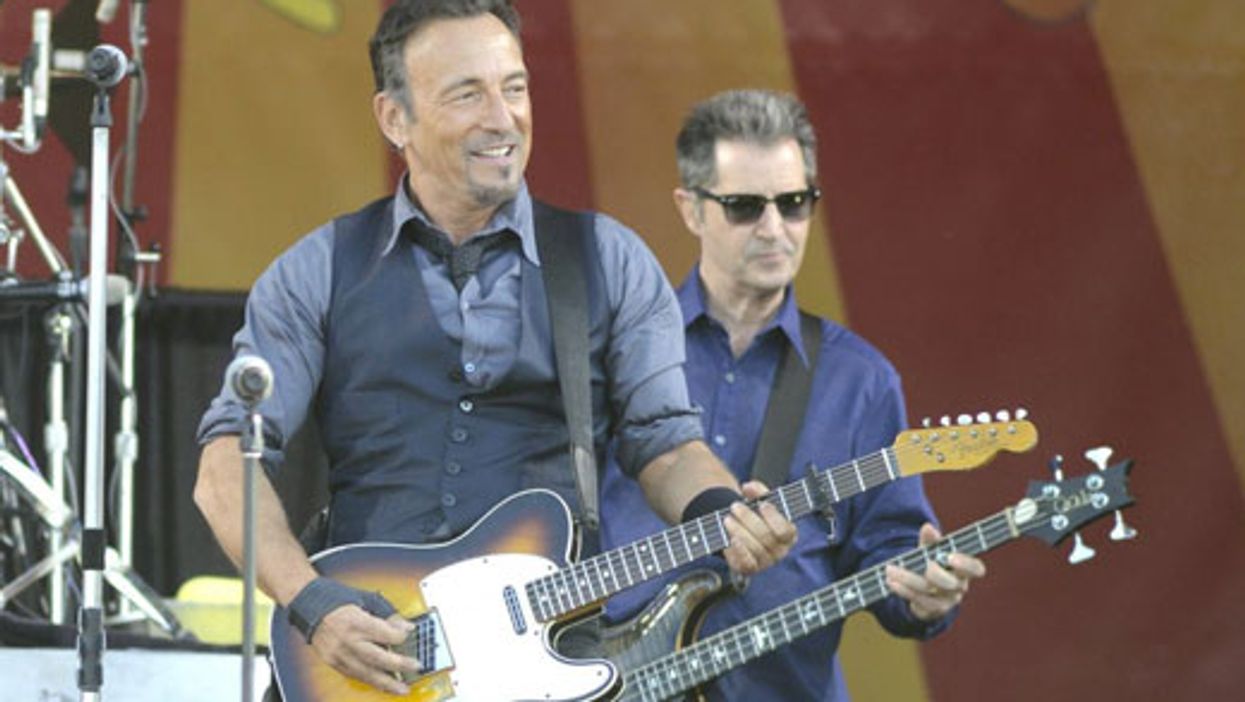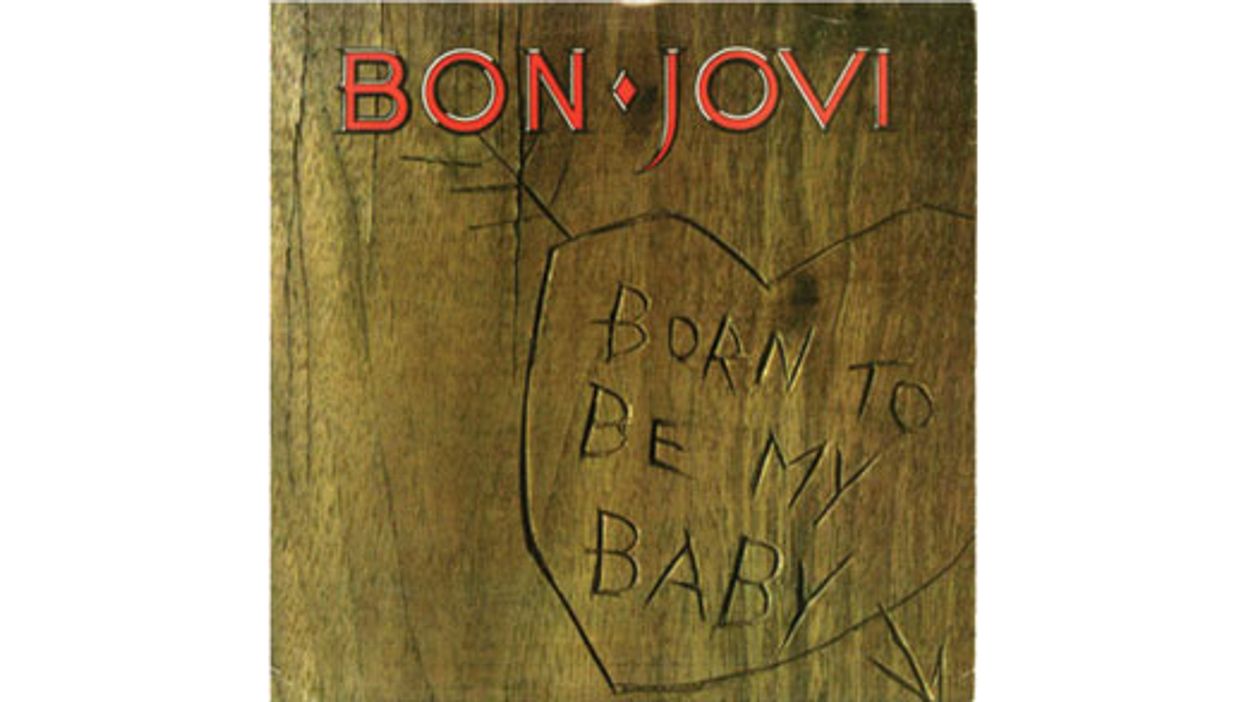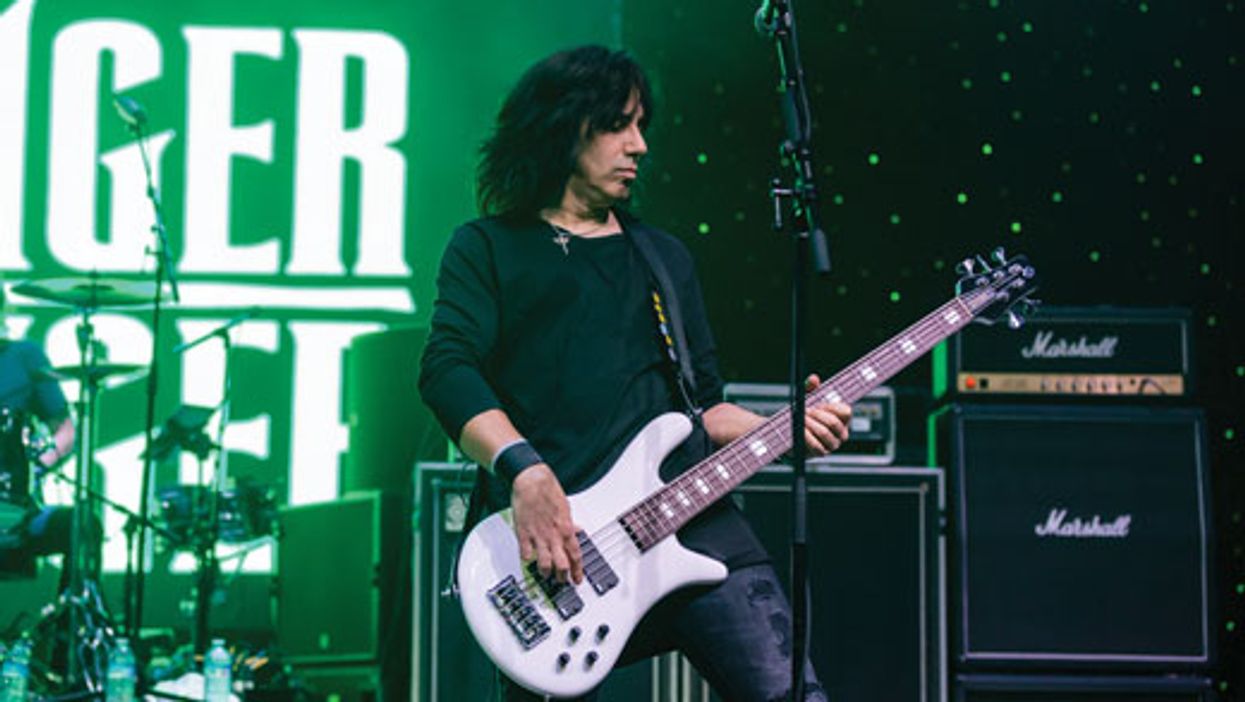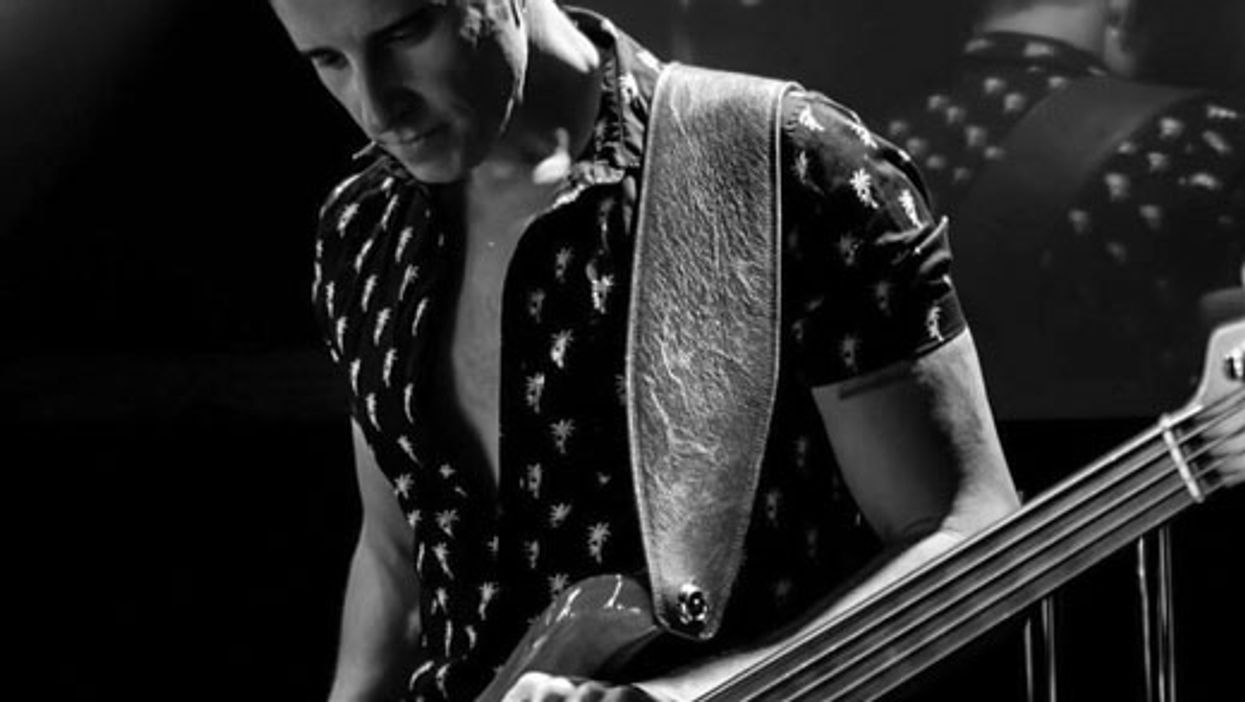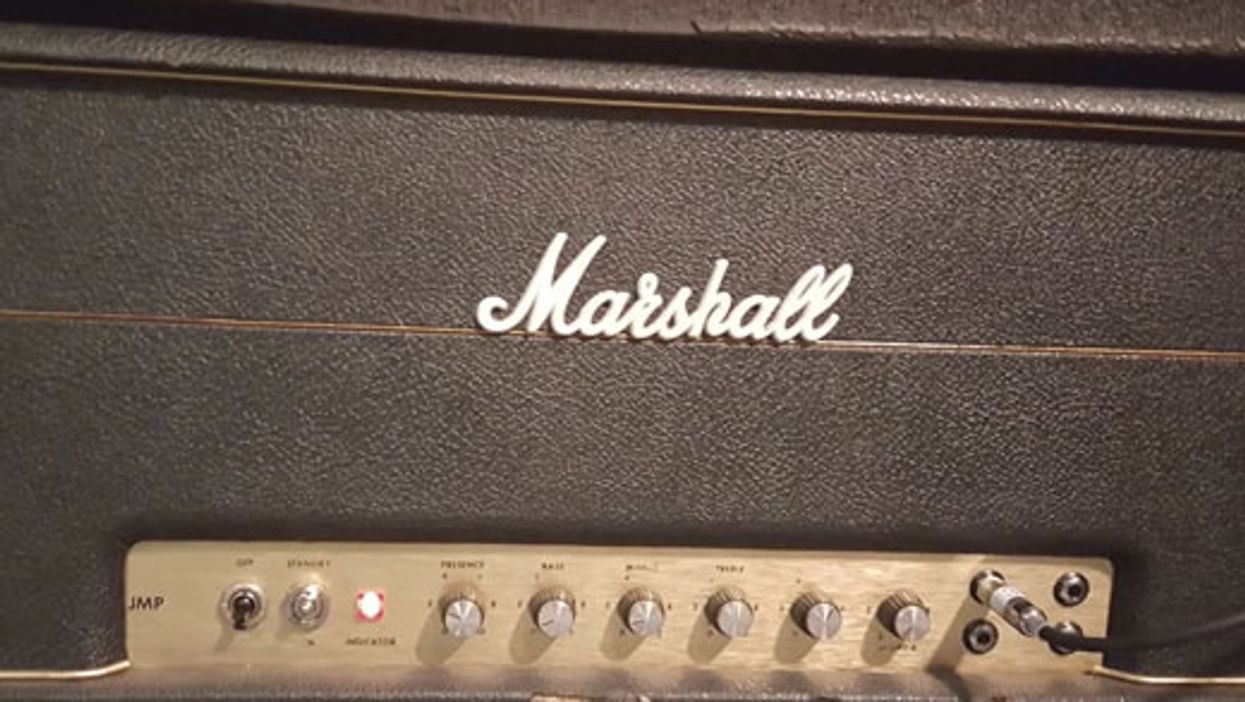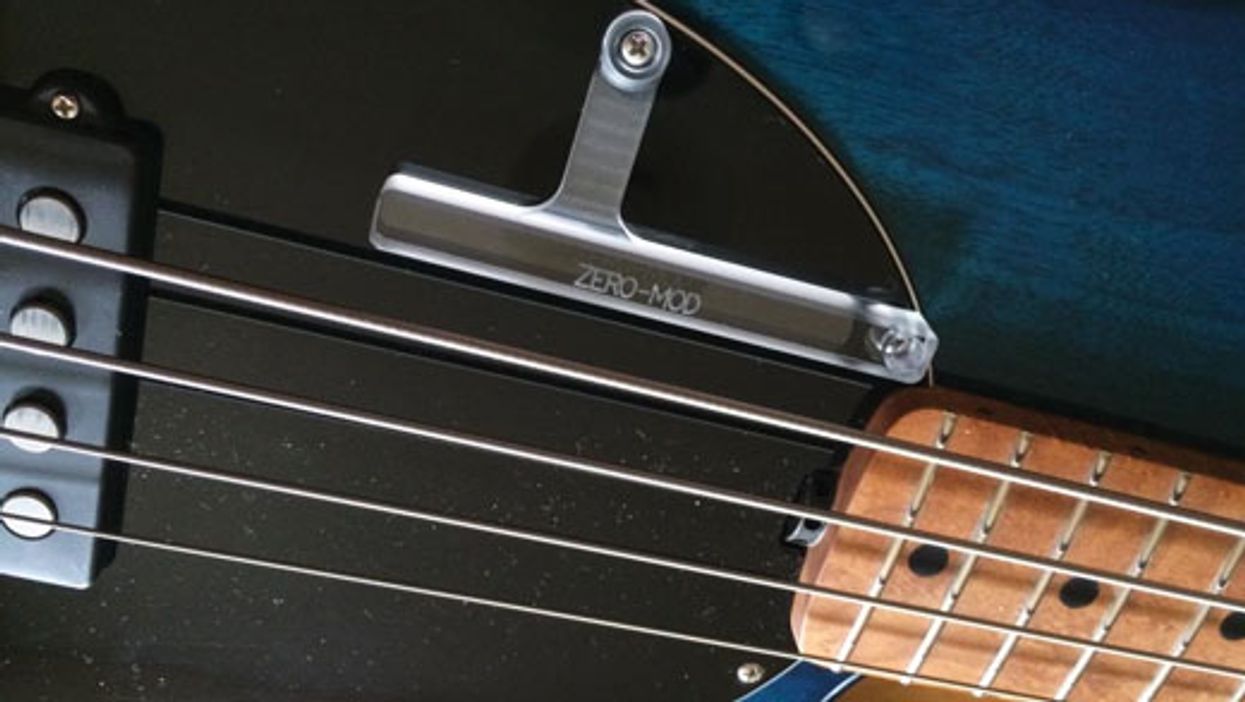Being a freelance bassist—as opposed to being in a band—means you're always working towards becoming a true jack-of-all-trades. You have to immerse yourself in reggae, funk, neo soul, classic soul, rock 'n' roll, jazz standards, and any other style you might encounter on any given gig in the real world.
A big part of this exercise is becoming very familiar with the type of instruments featured on all those genre-defining records, what pickup blend was used, where the bassist was plucking the strings to create the right balance of attack versus warmth, and more. You can spend a lot of your time intentionally replicating the original sound, or you can just enter the tone-and-feel ballpark without getting too close. (The latter grants you a little more artistic license as you play “Brown Eyed Girl" for the umpteenth time.)
The weight of all this tradition is very present in the mind of your coworkers—whether they're engineering the session or playing with you in the ensemble. If you're performing a classic Kiss song with an old Gibson Ripper while making a demonic face, people will assume from your attention to detail that you must be a good bassist. What I'm getting at is people hear with their eyes in a big way.
Here in Nashville, unfortunately, many recording engineers get a little scared if you walk into a session with anything other than a vintage Fender or a modern replica they might recognize. If the bass has a beat-up sunburst finish, you must be really good. If you have a hollowbody or semi-hollowbody bass like a Hofner or a vintage Vox as a backup, you must be an expert!
I have a persistent urge to challenge the status quo when it comes to the “acceptable tools of the trade." Like many other musicians who grew up listening to iconic bands that spent unbelievable amounts of time and money on clothing and a stage show, I'm of the belief that presentation is a viable and important element of the music itself—not an added bonus and not something only for poseurs.
Of course the choice of instrument is an important part of this equation, but you can certainly choose an instrument that shows your influences and makes a statement about your individuality. If you bring the heat and the groove, people who may have initially dismissed you because of your choice of instrument will have to concede you just made magic with something they thought wouldn't work.
Still, like many others, I grew up playing P-style basses. I wanted that iconic look and didn't veer far from it for many years. But luckily for us bassists, there are countless talented luthiers building great bass guitars right now. Whether their builds are based on tradition with a modern flare or completely futuristic Millennium Falcon-style creations, they're worth checking out.
The first sign of me breaking the mold was when I briefly studied jazz at the University of Miami and had the budget version of Yamaha's Billy Sheehan signature model. It was lime green and had scalloped frets and large-block inlays on a light maple fretboard. I'd also placed red rose stickers on every fret with an inlay. It looked hideous, but for some reason I thought it was cool at the time. My fellow students and the main instructor were horrified and referred to my bass as the “Candy Cane."
But here's the thing: My main concern still remained having the right tone for the genre. We were playing jazz standards, so I had to emulate an upright. The Yamaha had a big, woofer pickup placed right at the neck/body joint that produced stunningly warm sub-lows. And with the tone knob turned all the way down, it produced a slower attack that was perfect for the style. If people had just closed their eyes and listened with their ears instead of their eyes, they would have heard the absolutely appropriate tone I was producing.
One of my current main instruments is a German-built Sandberg with a J-style body, a Music Man-style pickup in the bridge, and a J-style pickup in the neck. Sounds traditional enough, don't you think? Surely nobody would have a problem with this bass, right? Wrong. The bass is constructed from several different pieces of body and fretboard woods that are glued together. It looks like a wacky paint job, and when people first see it, they are completely dumbfounded. Nobody realizes they are looking at a fairly normal J5. And tonally, the bass can easily be more vintage-sounding than many vintage basses.
I've been playing this bass for three years, and I know I've lost out on work because of the way it looks, but I'm fine with that. People expect the bass to sound very modern at first glance, yet even after they hear it they're sometimes unable to undo that initial visual impression. But now if I show up without it, people are finally starting to say, “We hired Victor, where is the Victor bass?" So stick to your guns, or more specifically, your bass. Play your favorite instrument. Life is too short not to.




